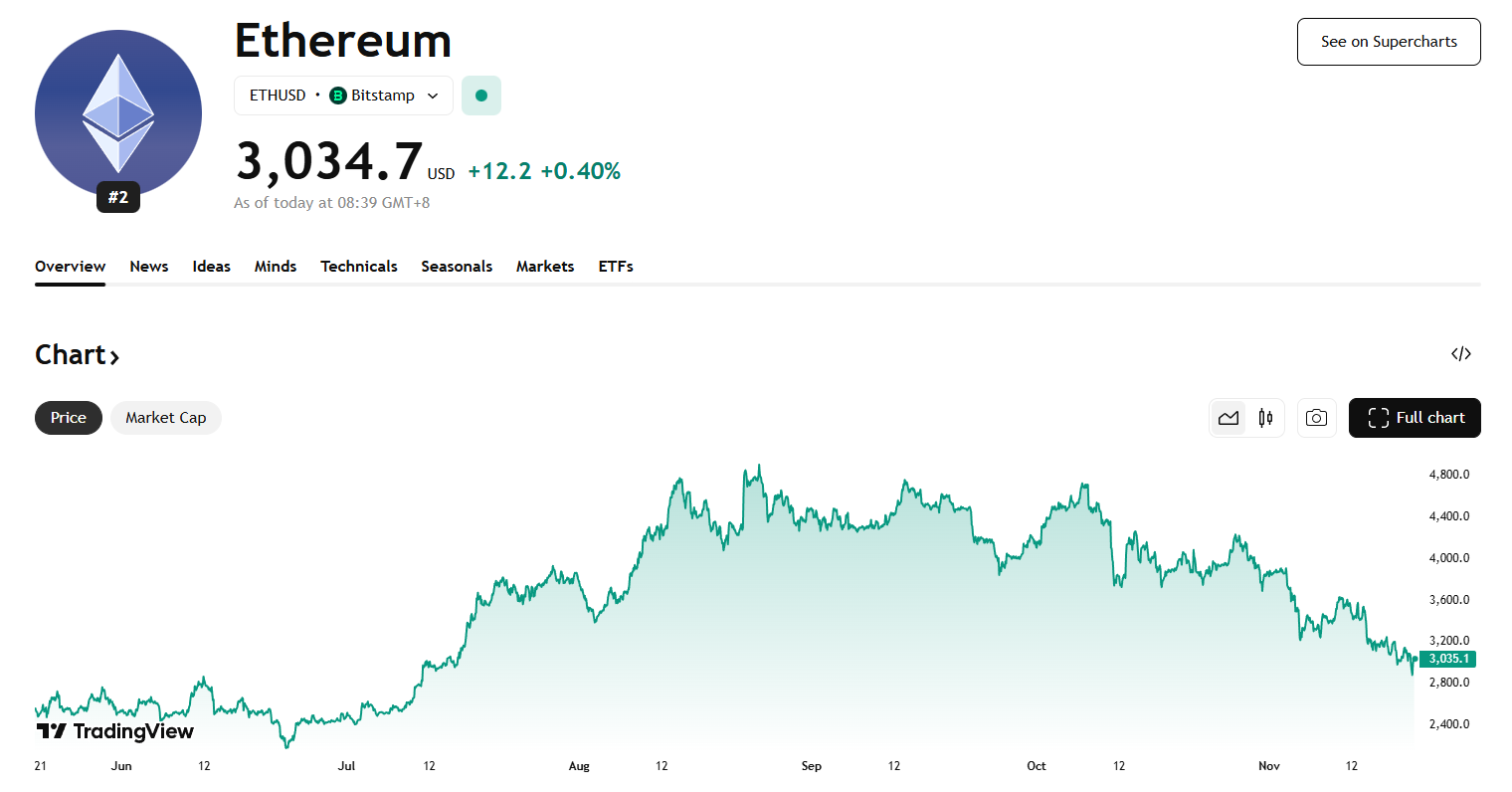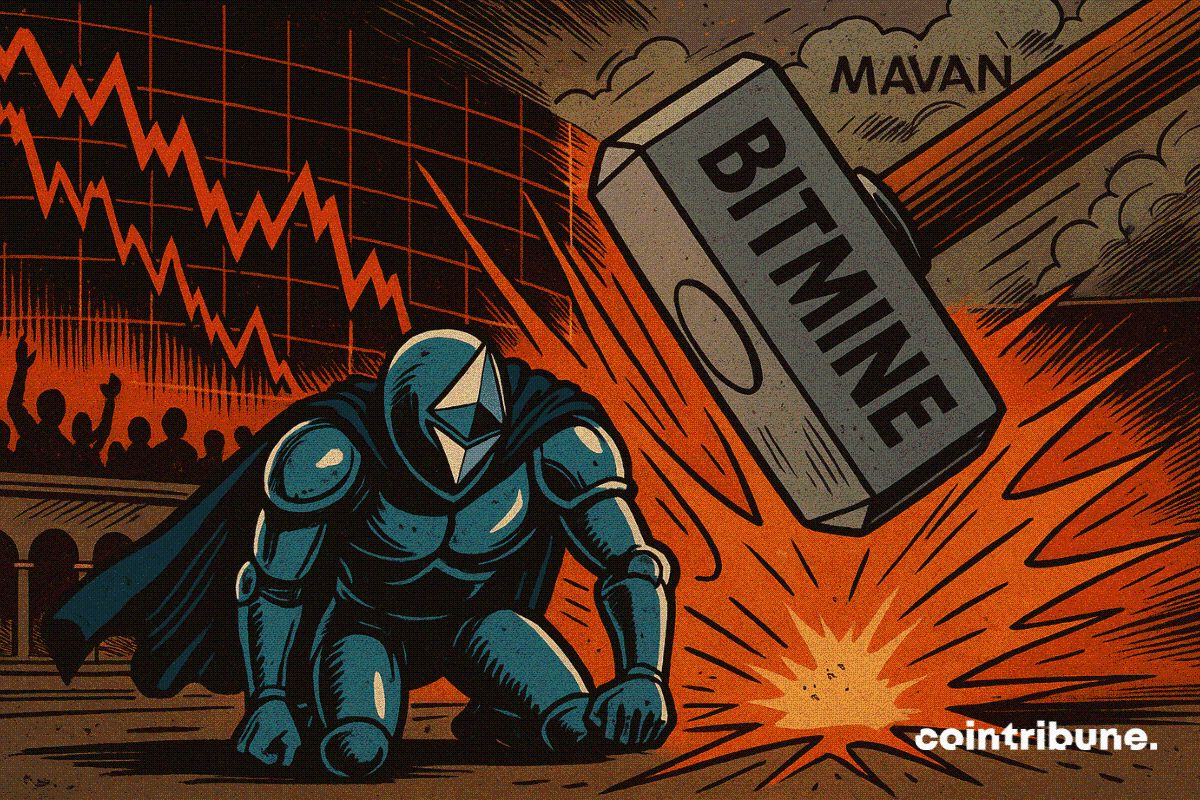Franklin Templeton flags uncertain outlook for crypto treasury firms, citing ‘dangerous’ feedback loop risk
Quick Take Analysts at Franklin Templeton Digital Assets warned that the future of corporate crypto treasury strategies is uncertain and contingent on several critical factors. While the ability to raise capital at a premium to NAV, asset appreciation potential, and staking opportunities offer upside, a negative feedback loop is a serious risk, they said.

Analysts at Franklin Templeton Digital Assets warned that while the corporate crypto treasury boom presents upsides, the risk of a negative feedback loop is a "particularly dangerous scenario."
There is a growing trend for publicly traded firms to adopt a crypto treasury model, raising capital through instruments like equity, convertible notes, and preferred shares to acquire and hold crypto assets such as Bitcoin, Ethereum, and Solana on their balance sheets — with 135 public companies now deploying the playbook in BTC alone, according to Bitcoin Treasuries data.
Inspired by Michael Saylor's Strategy (formerly MicroStrategy), this speculative approach has gained momentum, with firms raising billions of dollars since early 2024 by offering investors various instruments with differing risk-return profiles, including at-the-market programs, private investment in public equity, preferred equity, convertible and secured notes, and occasionally SPACs or reverse mergers, the analysts noted in a Wednesday report .
Beyond market leader Strategy (BTC), other leading treasury holders include Metaplanet (BTC), Twenty One (BTC), SharpLink (ETH), Upexi (SOL), and Sol Strategies (SOL), each targeting significant growth in their chosen assets.
Crypto treasury model upsides and downsides
The corporate crypto treasury strategy offers compelling upsides, the analysts noted, notably the ability to raise capital at a premium to net asset value, allowing them to issue shares at prices higher than the value of their underlying crypto assets, making equity issuance accretive even amid crypto volatility.
"Interestingly, the volatility of crypto assets — often viewed as a risk — is a key enabler of this strategy. Volatility increases the value of embedded options in financial instruments like convertible notes," they said.
Rising crypto prices can also enhance the companies' market value, creating a positive feedback loop that attracts more investors. For firms holding Proof-of-Stake assets, such as Ethereum and Solana, staking provides a further revenue stream to complement the appreciation in asset value, the analysts added.
However, the model carries significant risks, Franklin Templeton warned. If the market-to-NAV ratio falls below 1, new equity issuance becomes dilutive, and firms may struggle to raise additional capital without harming existing shareholders, stalling capital formation and breaking the virtuous cycle.
Worse, falling crypto prices can spark a negative feedback loop, where companies are forced to sell assets to defend their stock price, further depressing crypto values and investor confidence in a self-reinforcing downward spiral, the analysts said.
"The corporate crypto treasury model represents a new phase of institutional crypto adoption, but it is not without its risks," they concluded. "The ability to maintain a premium to NAV, continue accretive transactions, and navigate market volatility will be crucial for the long-term success of these companies."
If the premium remains, the model could continue to thrive; however, a significant drawdown or prolonged bear market could lead to a downward spiral, making these companies highly risky investments, the analysts added.
Last month, analysts at Presto Research stated that the risks of liquidation or collapse for crypto treasury companies are real, but far more nuanced than during past crypto crises, such as Terra or 3AC. Coinbase Institutional's Global Head of Research, David Duong, also warned that leveraged corporate crypto buying may eventually pose " systemic risks ." However, he said that the pressure appears limited in the short term.
Disclaimer: The content of this article solely reflects the author's opinion and does not represent the platform in any capacity. This article is not intended to serve as a reference for making investment decisions.
You may also like
Hotcoin Research | Fusaka Upgrade Approaching: Analysis and Outlook on Ethereum Long and Short Positions
This article will review Ethereum's recent performance, provide an in-depth analysis of the current bullish and bearish factors facing Ethereum, and look ahead to its prospects and trends for the end of this year, next year, and the medium to long term. The aim is to help ordinary investors clarify uncertainties, grasp trends, and provide some reference to support more rational decision-making during key turning points.

Crypto Market Surges as Bitcoin Rebounds and Privacy Coins Shine
In Brief Bitcoin rebounded over the weekend, testing the $86,000 mark. Privacy-focused altcoins Monero and Zcash showed notable gains. Total market value surged, crossing the $3 trillion threshold again.

Crypto Markets Rebound as Traders Signal Seller Fatigue
In Brief Crypto markets rebounded amid significant liquidations and oversold RSI signals. Weekend trading conditions with thin liquidity influenced rapid price shifts. The rebound's sustainability remains uncertain, prompting scrutinous investor attention.

Cardano : Network security questioned after a major incident

